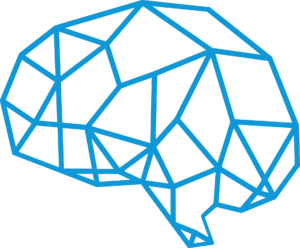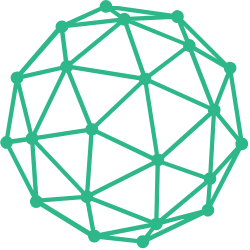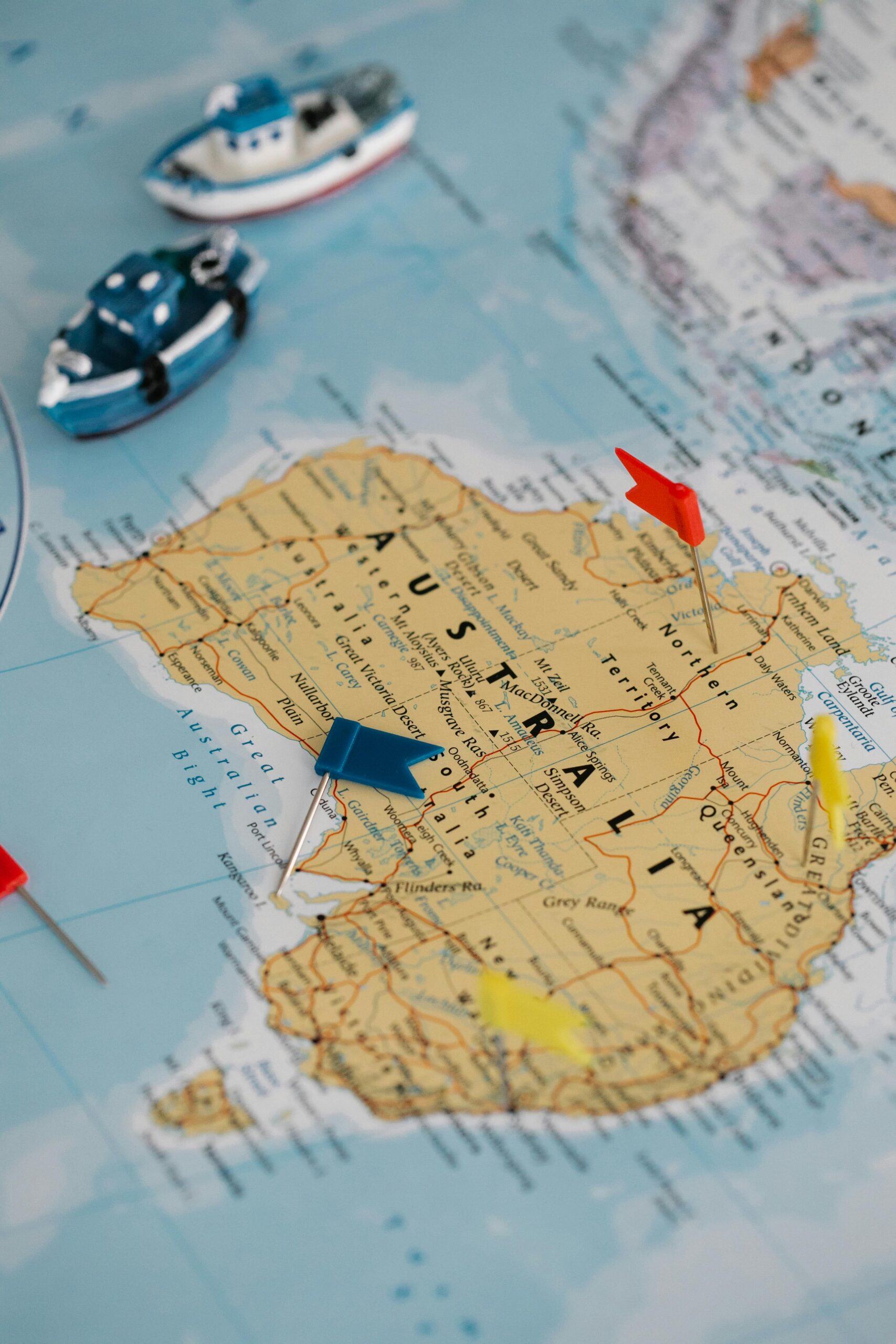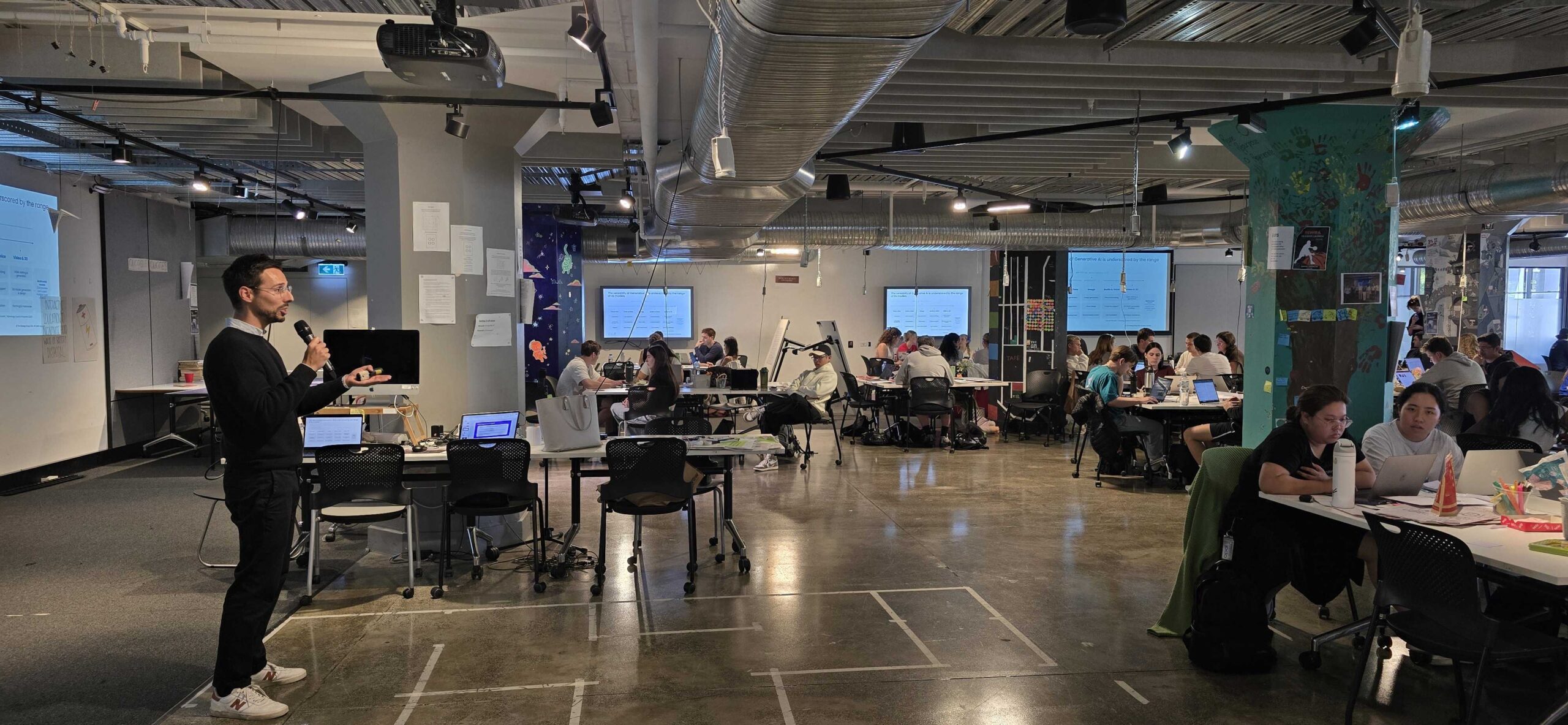The Forgotten Innovation that is costing us millions
When you think about innovation, which images comes to mind?
Your mind might wander toward a large computer-science lab or a million-dollar medical device workshop, or perhaps a flavour lab run by a multinational food company. Your probably think of the pictures you’d see in IPO slide decks presented by a “cutting-edge” company. But the reality is that those examples are just the most visible in the innovation chain – they are just the tip of the iceberg. Beneath that gleaming peak lie thousands of underfunded, under-appreciated home innovators.
The forgotten fact is that a lot of our everyday products and services were developed by someone tinkering in their garage whether that be the mountain bike, the personal computer, or even the artificial pancreas.
That’s right – the artificial pancreas (completed with automated insulin dosing), was co-created by Dana Lewis – an innovator that didn’t have a medical or programming background. However, she had been suffering from Type I diabetes since she was 14 years old. Before the invention of the artificial pancreas, many people with Type I diabetes were dying overnight because their insulin dosages were unclear and easy to miscalculate. When people miscalculated their insulin dosage, their blood sugar dropped overnight. Regardless of whether or not they prepared a juice box or a source of sugar on their bedside table, if they woke up too late, they would end up paralysed. Dana had this paralysing fear that this would happen to her:
“It was just this terrible feeling, laying there paralysed in the dark. And then, thankfully, I woke up. It was just a dream. But it was this horrifying nightmare that then primed me that I can’t live this way.”
For some people, innovation is a way to reduce the friction in their lives – an outlet for creative energy. For Dana, it was a necessity – because she couldn’t rely on the medical companies to develop the products she needed to stay healthy, or even alive.
Dana went on to become a co-founder of the Open Source Artificial Pancreas Movement. Their mission and project was to build an algorithm that automated the insulin dosage for Type I diabetic patients.
Diabetes is not a rare disease; more than 30 million people in the U.S. alone have it. So why did it fall to home innovators like Dana to come up with it, and not some big medical device company?
The challenge for the companies working on a solution like Dana’s is that they usually take a long time to make the hardware commercially available due to trials and regulatory procedures. Dana’s team was able to innovate with off-the-shelf hardware in a little over two years, before the first commercial system was submitted to a regulatory body. Dana’s team deliberately made the decision to not commercialise their code for the artificial pancreas for this very reason; so that it would be freely accessible to anyone without needing to spend years doing trials and delaying its launch. Dana’s team wanted everyone to benefit and build from their innovation – profit was not a consideration.
Dana’s story shows that meaningful and impactful innovation doesn’t have to spawn from a corporate R&D lab or a top-down innovation incubator. The reality is that household innovation is thriving, but it’s unrecognised in economic measurements like the GDP. Research shows that Americans invest about $41 billion USD a year in household innovation – about half of what producers spend in R&D to develop new products for customers. Household innovation is missing from economic measures because nobody assumes or knows that it produces economic value. If you don’t know it exists, it won’t be captured – and people will just assume this is the reality:
“It’s invisible because nobody’s pricing anything. Nobody’s selling anything. So they simply didn’t know.”
– Eric Von Hippel, Professor of Innovation at the M.I.T Sloan School of Management
The opportunity here is that household innovators and big firms innovate for entirely different motivations – and this creates a complementary relationship. Household innovators are self-rewarded from their innovations, whether that be personal satisfaction from building something that can make their lives more convenient, as a creative outlet or just to keep themselves alive. They don’t have to worry about selling their inventions to others. Household innovators are not directed to standardise their innovations and produce their inventions at a large scale.
On the other hand, companies are trying to profit from general demand and selling to general demand. They do have the capacity to manufacture and produce at a large scale. The opportunity here is to source the innovation from the home innovator (that will meet unmet needs), and then use the capacity of the large companies to make it manufacturable and scalable.
There are 16 million people who are developing new products for themselves in the US alone. Companies shouldn’t be sitting around saying, “Oh God, what do the customers need?” Household innovation is a complementary system that will give companies free inputs and insights into general demand. This system does work – after all, this is what we have done with personal computers, coffee filters and mountain bikes. And aren’t we all living a better life because of these inventions?
Are you following us on social media?LinkedInInstagramContact Us
Have any questions? Want to know how we can help you and your organisation? Contact us using this form.
We can work with you to design and support implementation of a strategy for your business unit, for your entire organisation, or for any segment of your organisation where a fresh approach will add value.
We will use a combination of globally-recognised leading-edge processes, coupled with our proprietary validated toolbox to develop a bespoke, customised strategy, which we can assist you in implementing, that will deliver tangible impact and value to your organisation and your customers.
We have been designing and implementing strategy solutions since 2003 and we have the expertise and the experience not only to deliver, but to overdeliver.
Join 10,000 others who want the latest insights, tools, tips and resources. We help you get better results by staying on top of the latest methodologies and thinking.












